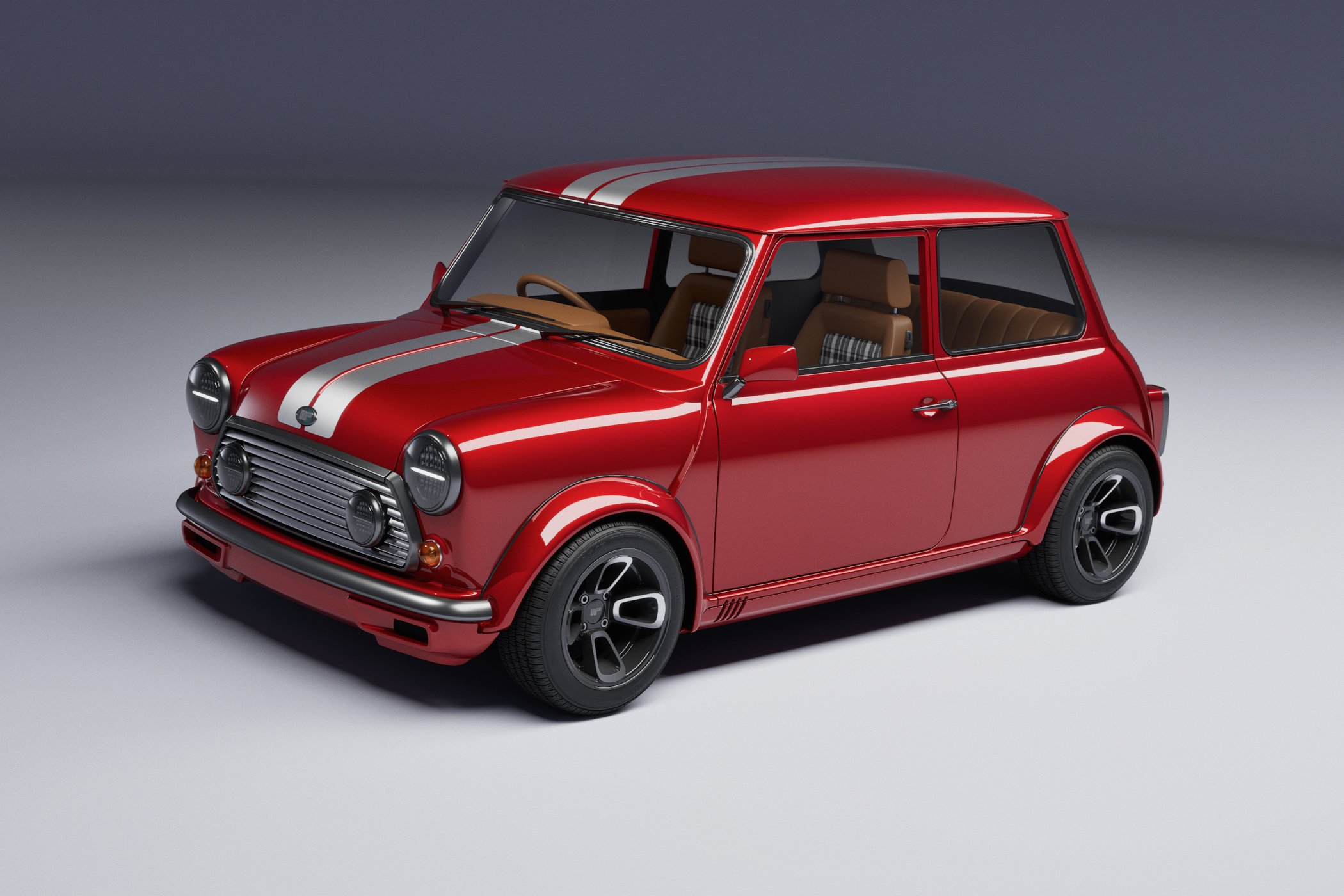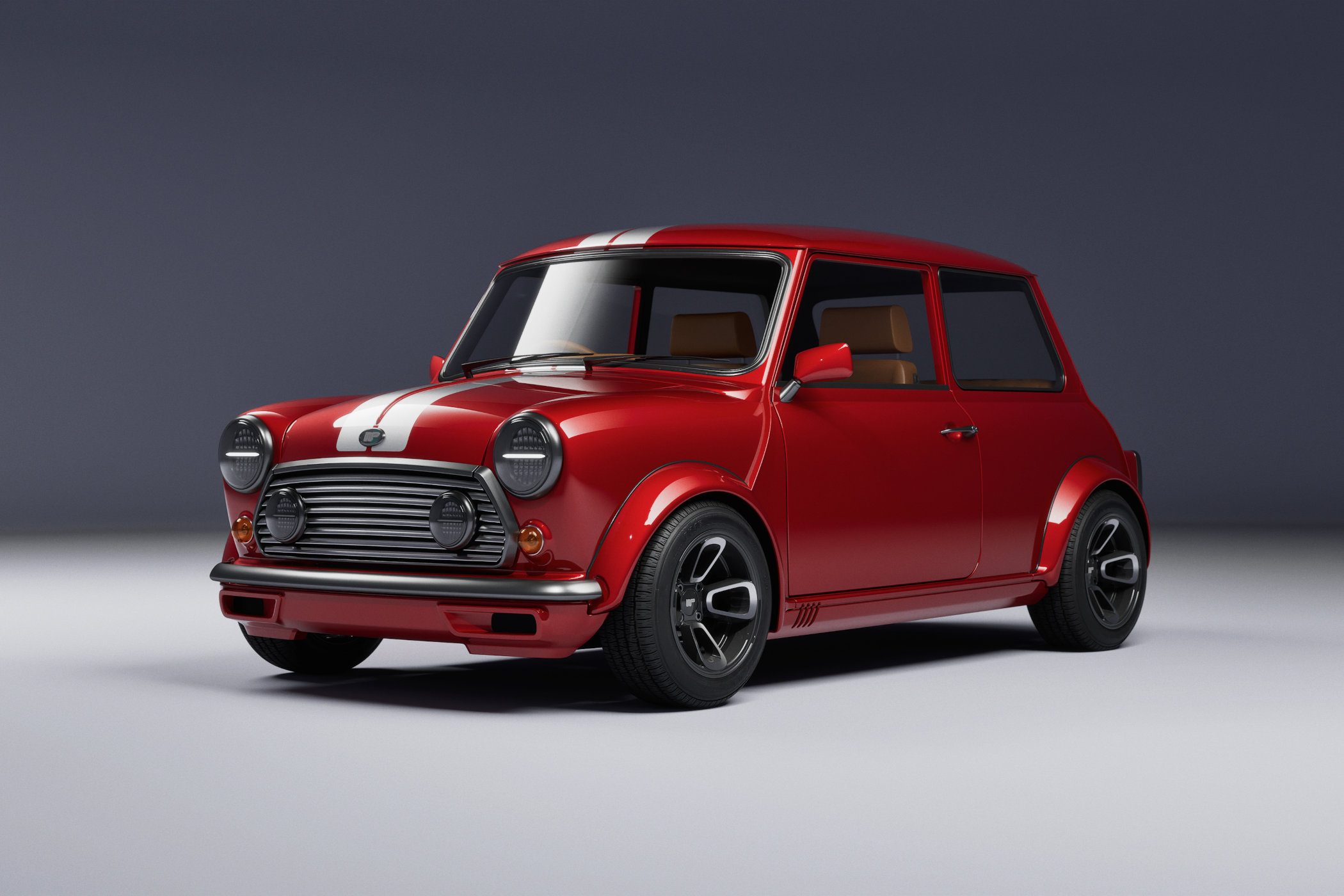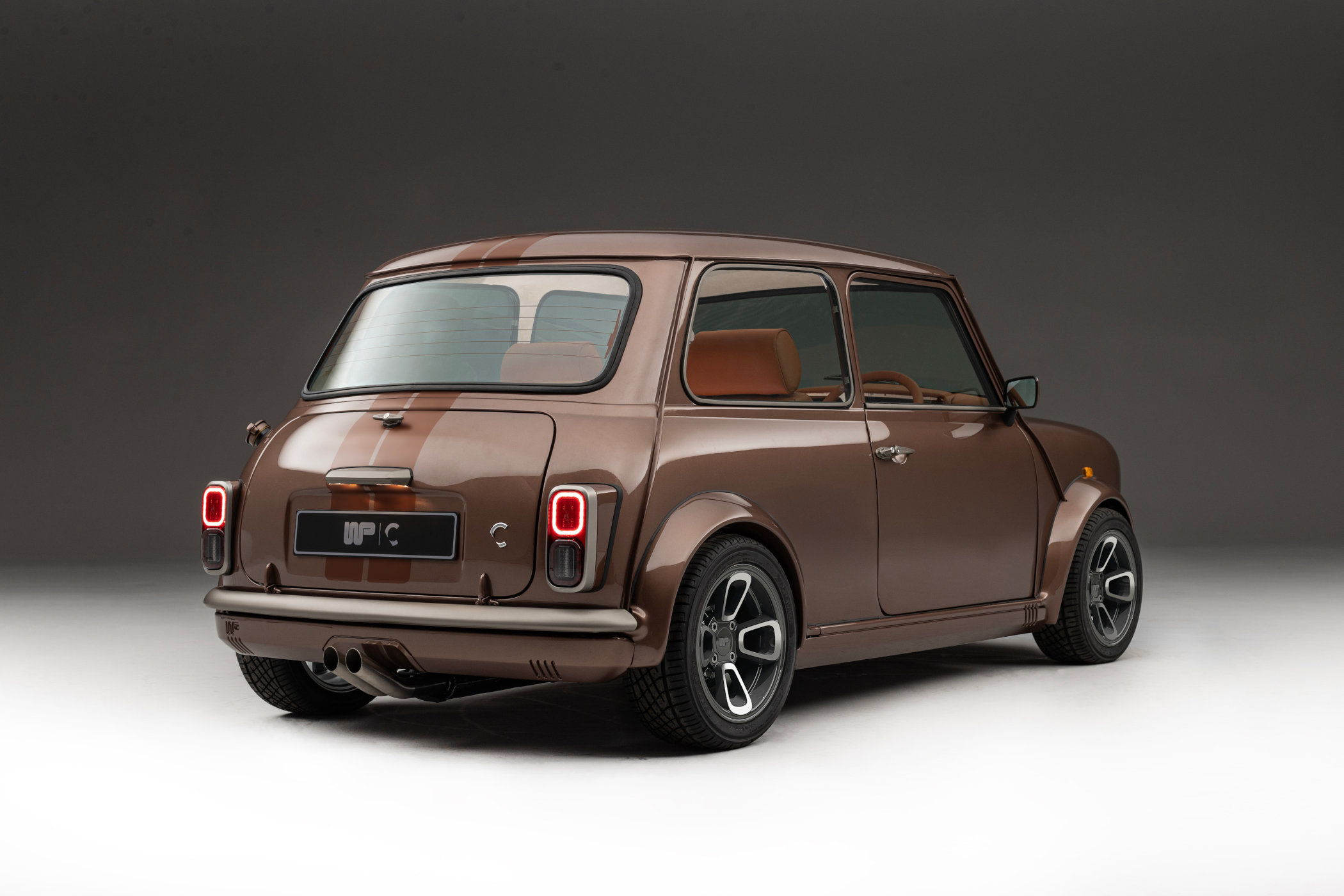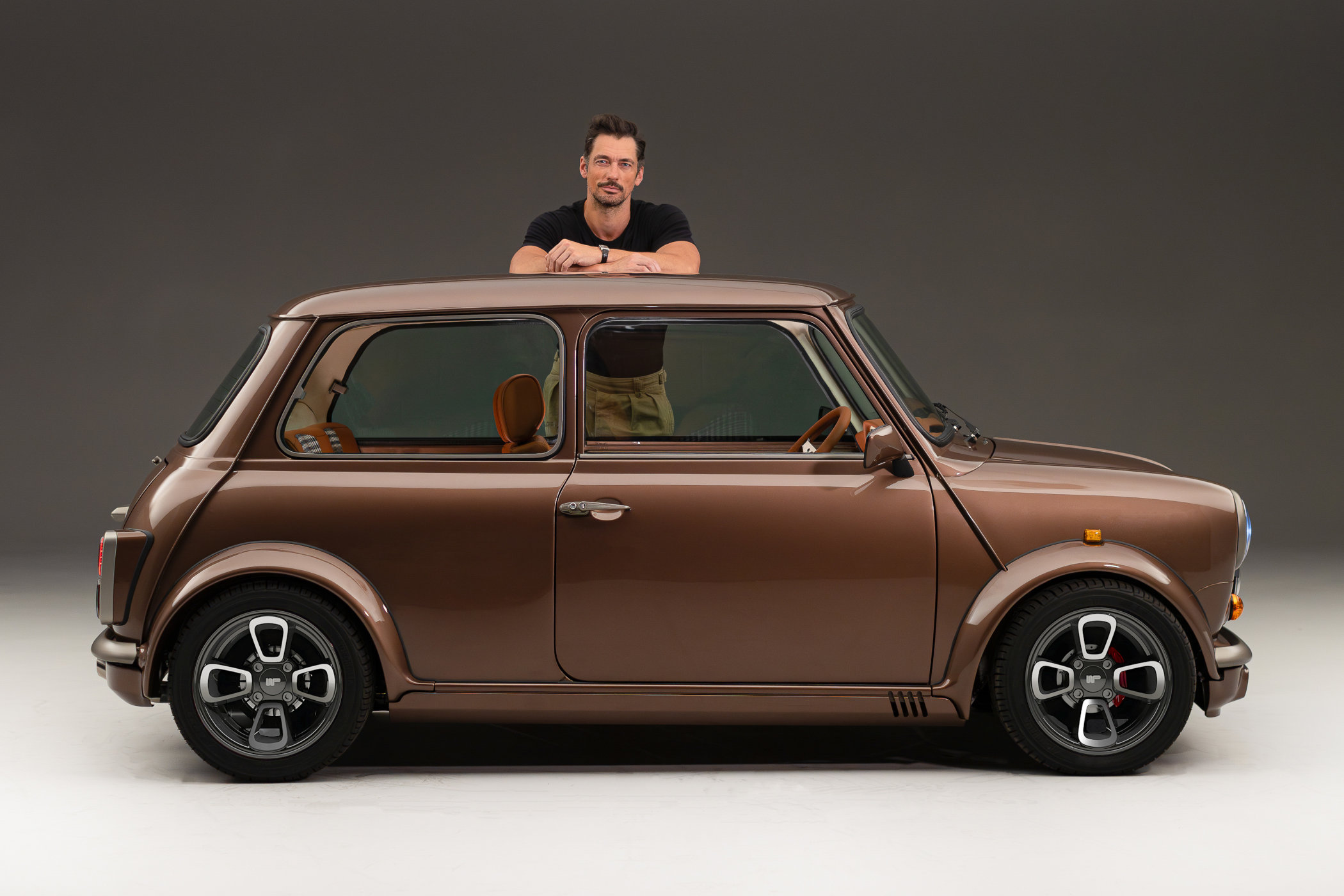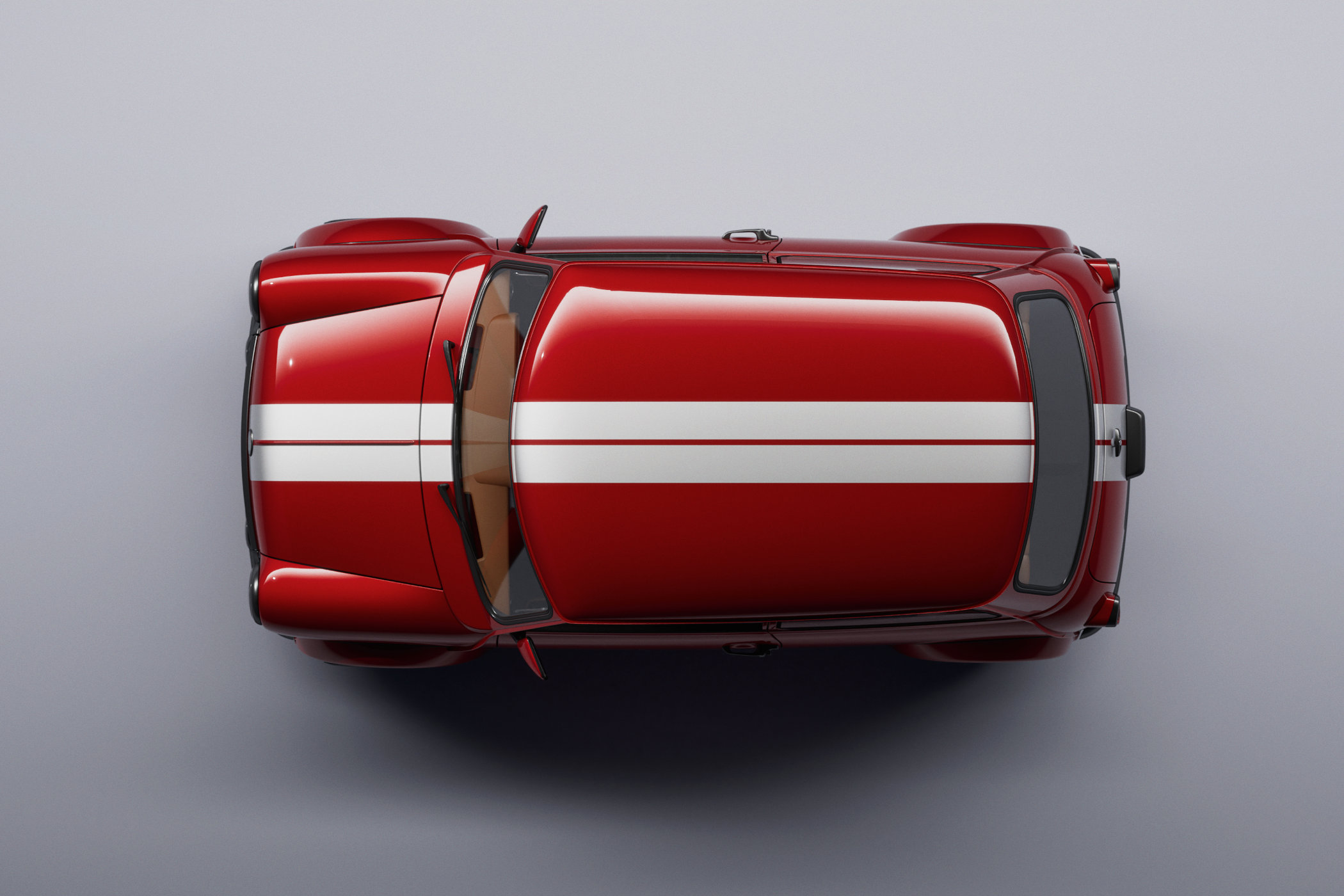The Ian Callum Designed Wood & Pickett Mini
Back at it again, Ian Callum turns his focus to one of the most iconic cars ever made.

The Mini, a true motoring icon that needs little introduction. Say the name, and everyone with even the slightest notion of cars knows exactly what you’re talking about. Loved for its cutesy design, it put millions of people on the road. It’s a regular at car shows and vintage racing events, as this compact little runabout also had formidable track capabilities thanks to its agility. It famously won the 1964 Monte Carlo rally in the hands of Paddy Hopkirk, against much more powerful cars! Even today, it has a huge following, with many people maintaining, restoring, or even modifying one. With the rise of restomods, classics such as the Mini have gotten even more attention. Next in line to sweep you off your feet is the Wood & Pickett Mini by Ian Callum Design.
The Mini was designed by Sir Alex Issigonis in the late 1950s, making its public debut in 1959. To say it was an instant hit would be an understatement, as the cleverly constructed compact (it’s named Mini after all!) could seat four adults, with room for luggage in the boot. The four-cylinder engine, ranging from 848cc to 1,275cc, was mounted transversely in the front, with power going to the front wheels only through a 4- or 5-speed gearbox. To create as much space as possible on the inside, the wheels are almost on the very corners of the car, meaning it has go-kart-like handling. Between 1962, the first year of sales, and the year 2000, when it went out of production, a staggering 5.4 million Minis were built. Today, the Mini brand is owned by BMW, which has built a successful range of cars that take design cues from the original yet interpret them in a more contemporary style.
Ian Callum Design
With such a history, it’s no wonder the Mini remains a popular choice for many. It can be bought at relatively low prices, parts are easy to come by, it’s a lot of fun to drive, and you can easily modify it with aftermarket parts to make it look meaner, go faster, or both! It’s also a popular platform to go a little wild with, as there are kits available to shoehorn bigger engines in the front, or even make it rear-engine-rear-wheel-drive! One of the most impressive Minis I recently learned of is the Spectre Mini Type 10, which comes with serious power (230bhp from a Honda 2.0-litre four-cylinder), a vastly modernised in- and exterior and a six-figure pricetag.
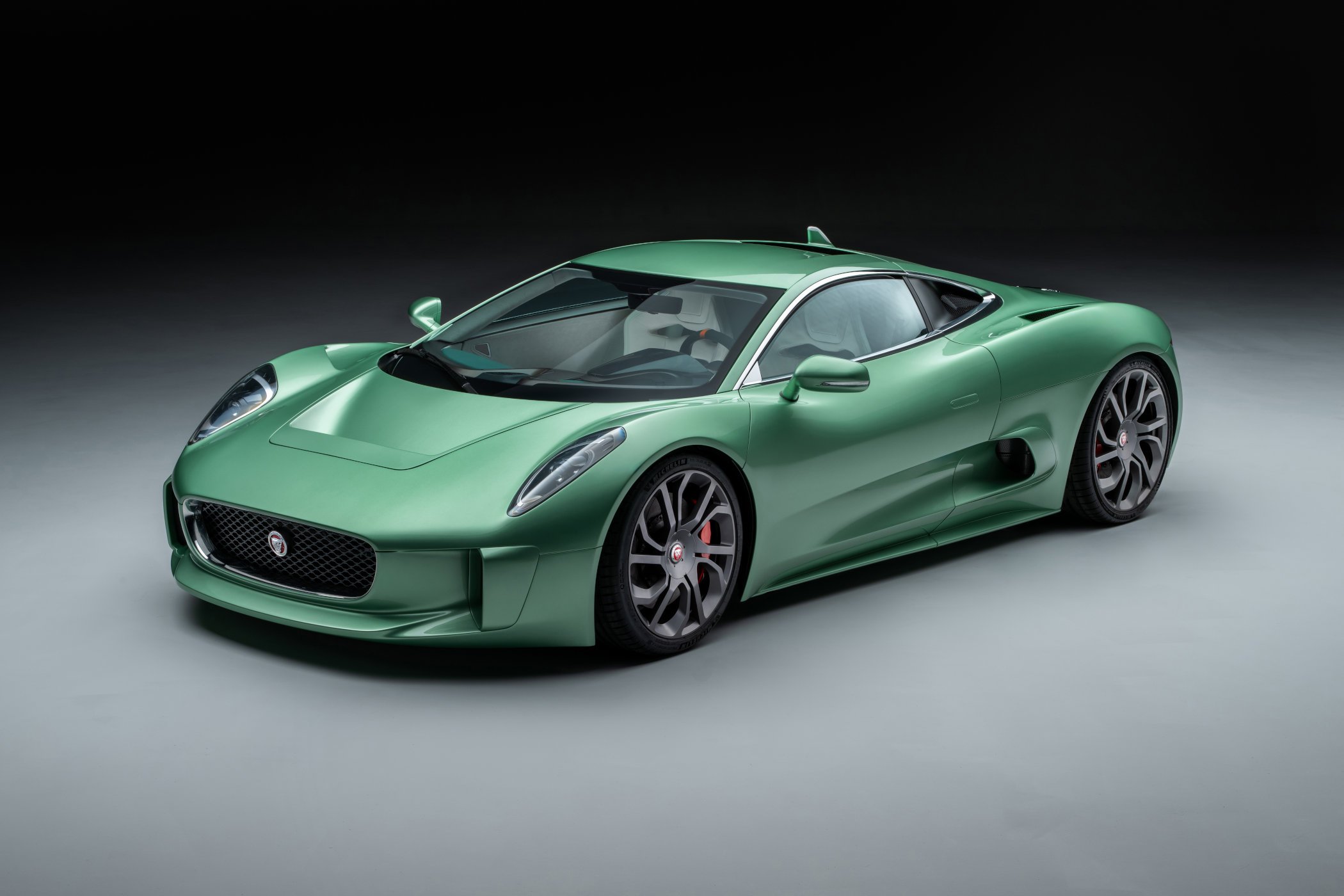
But today we’re looking at Ian Callum’s Wood & Pickett Mini. This, too, uses the classic Mini platform to create a restomod version of the little machine. Penned by Ian Callum, the one who also designed a good number of Aston Martin and Jaguar cars, including the fantastic C-X75 concept car. Following his career in automotive design, Ian Callum is now working under his own name, Callum Design. He’s responsible for creating such masterpieces as the road-legal C-X75 conversion and the Vanquish 25, a reinterpretation of the Aston Martin Vanquish, a car he originally designed as well.
Callum Design, and thus by default Ian Callum himself, shifts focus to everyone’s favourite compact, the Mini. But he’s not at it alone, as he’s collaborating with Wood & Pickett, a British coachbuilder famous for working on Minis in the 1960s and 1970s.
The Wood & Pickett Mini
Wood & Pickett was originally a classic coachbuilding company, like so many in Britain. Founded in 1947 by Bill Wood and Les Pickett, the company’s first project was the conversion of three ambulances based on a limousine-style Daimler into luxury show vehicles. With the rise of standardised and industrialised car manufacturing in the 1960s, the market for coachbuilt cars started to dwindle. To ensure the company’s future, Wood & Pickett started to offer customisation options for both the outside and inside of the Mini. Cars like the Margrave, noted for its dual-headlight conversion and optional oval rear side windows, put them on the map. Even today, Wood & Pickett Minis are sought after, despite the company moving away from coachbuilding in the 1990s following a change in ownership.
Coming full circle from the most successful days of Wood & Pickett’s past, the partnership with Callum Design results in a very tasty Mini. It’s referred to as a resurrection, rather than a restomod, which makes sense given that it marks Wood & Pickett’s return to Mini coachbuilding. From the outside, it still looks, feels, smells and potentially tastes like a classic Mini, but look again, and you’ll start noticing subtle yet vast modifications. The body is fully restored using a Mini MPI donor, with new doors, bonnet and bootlid. It also features the original Wood & Pickett wider wheel arches and a new bespoke paint job, tailored to each customer, of course.
The front splitter is refreshed, with integrated air intakes. The grill is retouched and gets modern headlights and an extra pair of “rally” lights for that added bit of flair. The tucked skirts get some subtle air vents behind the front wheel, and around the back, it gets distinctly modern tail lights. The dual exhaust pokes out from underneath the tucked rear bumper, and it sits on fatter, bigger wheels for a more aggressive stance. Yet, the character of the original Mini has been tastefully retained, as you still have the drip rails front and back, the typical door handles, and that signature silhouette so many people fell in love with over the years.
Underneath all this restrained flamboyance is a fully restored and upgraded chassis, with new suspension components, brakes and so on. It also gets a stage 3-tuned 1310cc engine up front, putting out about 100 to 110bhp. More than enough to have some good old fun on twisty country roads, that’s for sure! On the inside, the Wood & Pickett Mini gets a fully rebuilt and retrimmed interior, with period-styled bucket seats, refinished metal trim, a new infotainment system, optional wooden panels and a sporty steering wheel to hold onto when you send the lightweight riot car down the road at speeds!
Naturally, there are plenty of bespoke options to choose from, including a coloured engine block, a custom colour palette for the body, an exposed gated gear shifter, a fabric folding roof, twin fuel tanks, and much more. Usually, we’re hit with a staggering price for such goodness, but I must admit the GBP 75,000 base price for a Wood & Pickett Mini sounds almost sensible! Sure, it’s a lot of money for what still is a rather small car, but it doesn’t sound totally outrageous! The first bespoke commission out of an undisclosed limited production number (the brown car in the images) was done with David Gandy (the man leaning on the roof), a gentleman you might know as the male model in Dolce & Gabbana commercials between 2006 and 2016. Gandy, a keen petrolhead, has also worked with Jaguar and participated in the Mille Miglia several times.
For more information, please visit CallumDesigns.com or WoodandPickett.com.
Editorial Note: The information used and images portrayed in this article are sourced from and used with permission of Callum Designs, unless stated otherwise.

